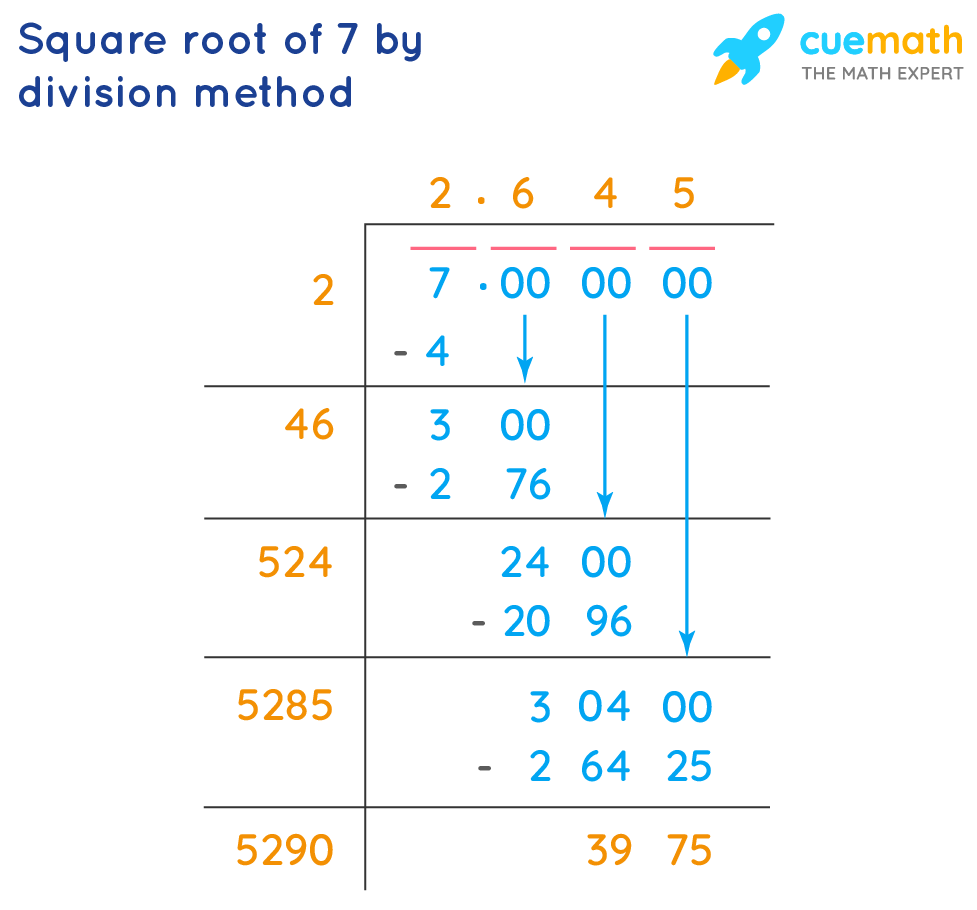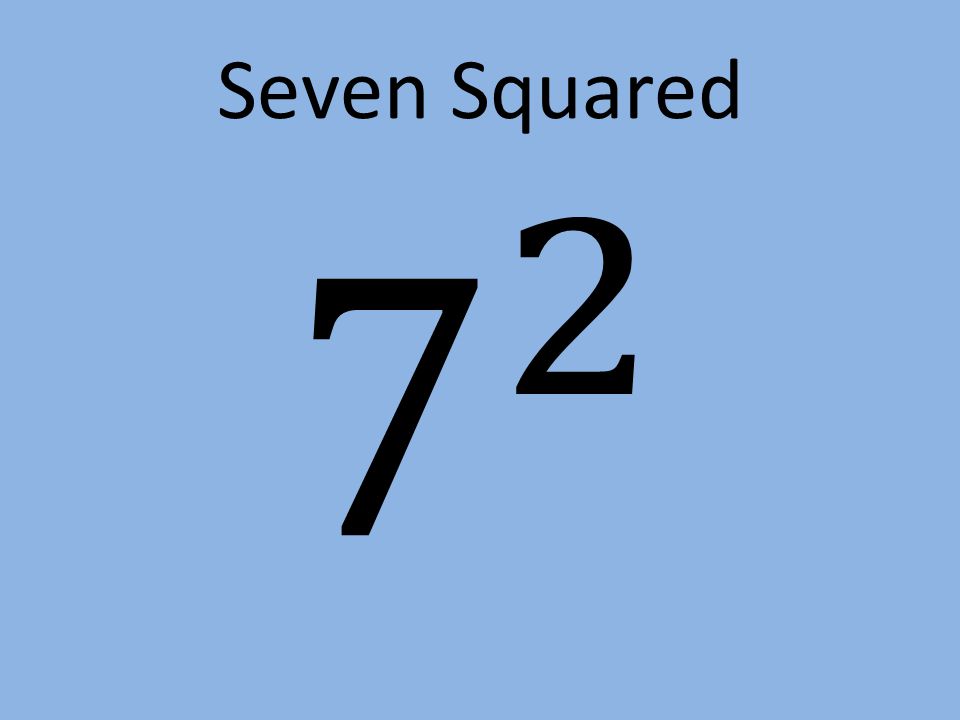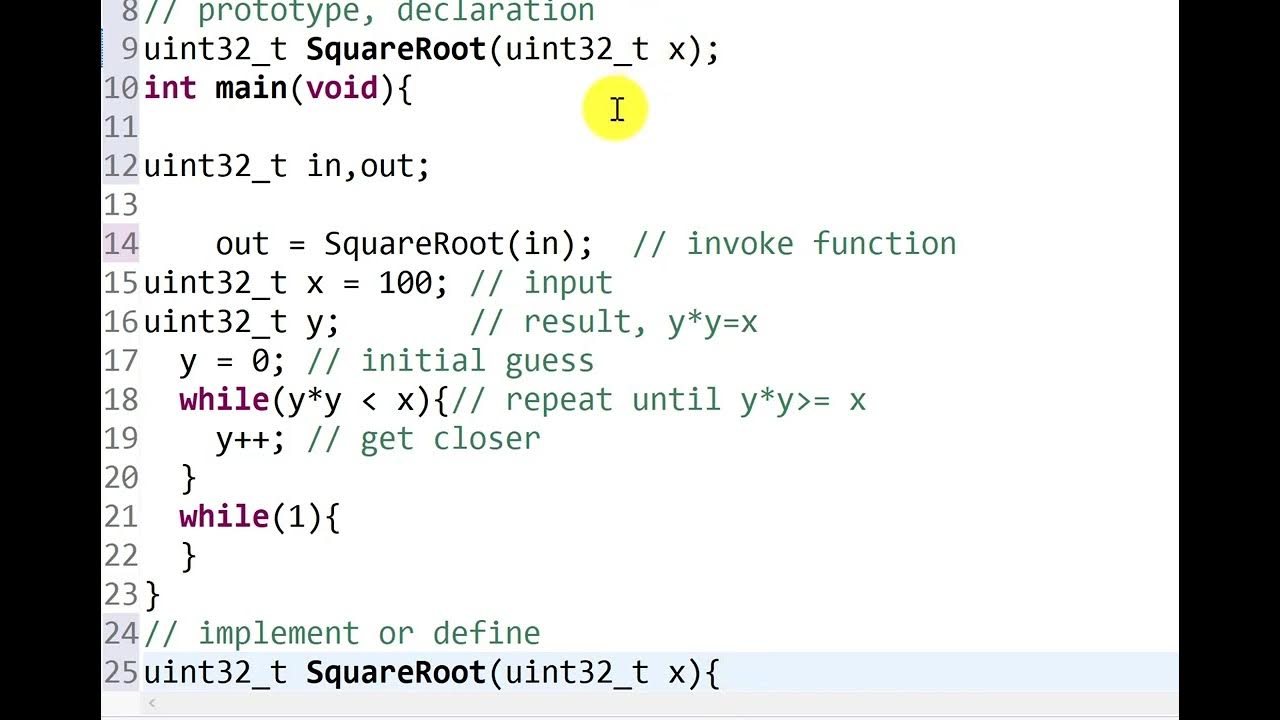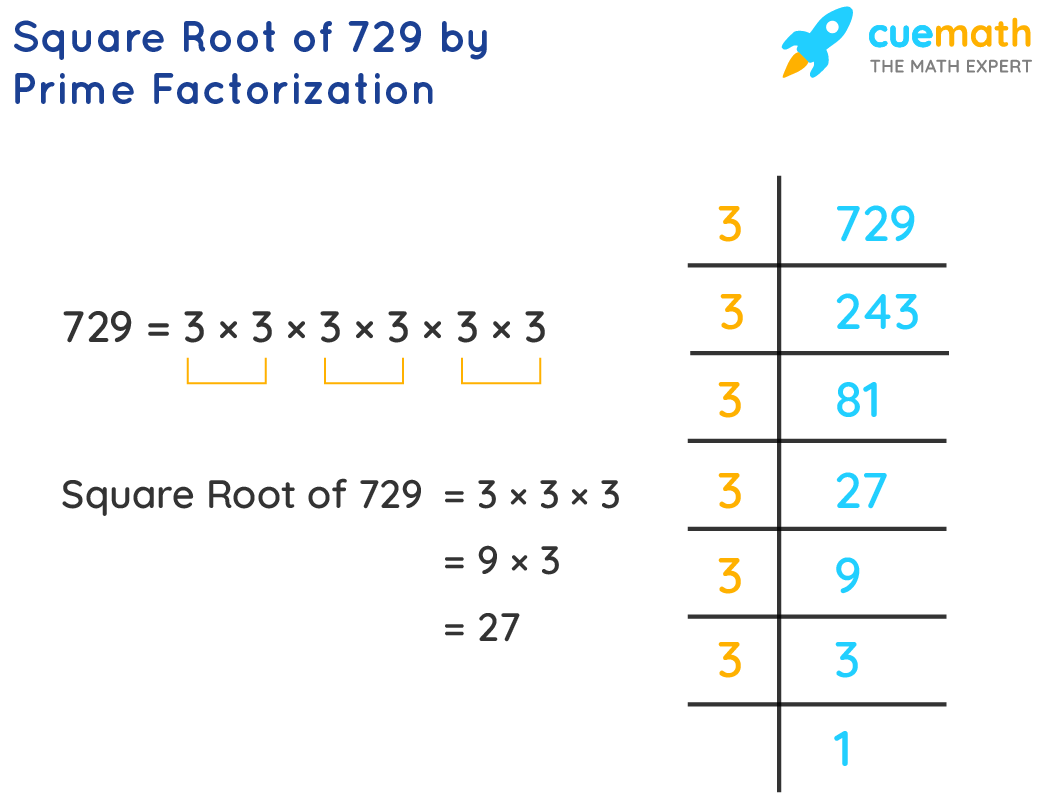Topic 7/ square root of 2: Understanding how to simplify the expression 7/ square root of 2 can enhance your mathematical skills and knowledge. This article explores the step-by-step process of simplification, providing clear explanations and practical applications. Dive into the fascinating world of square roots and discover their importance in various fields.
Table of Content
- Understanding 7 Divided by the Square Root of 2
- Introduction to the Square Root of 2
- Mathematical Properties and Calculations
- Simplification of 7/ Square Root of 2
- Exact and Decimal Forms
- Rational Approximations
- Algorithms for Computing Square Roots
- Historical Context and Significance
- Applications in Geometry and Architecture
- YOUTUBE: Hướng dẫn chi tiết về cách tìm căn bậc hai của biểu thức (7+2√10) bằng tiếng Việt. Khám phá các bước cụ thể và mẹo hữu ích để giải quyết vấn đề này.
Understanding 7 Divided by the Square Root of 2
The expression \(\frac{7}{\sqrt{2}}\) is a mathematical fraction involving a rational number and an irrational number. Here's a detailed breakdown of this concept using Mathjax:
Simplifying the Expression
To simplify \(\frac{7}{\sqrt{2}}\), we multiply the numerator and the denominator by the square root of 2 to rationalize the denominator:
\[ \frac{7}{\sqrt{2}} \times \frac{\sqrt{2}}{\sqrt{2}} = \frac{7\sqrt{2}}{2} \]
So, the simplified form is:
\[ \frac{7\sqrt{2}}{2} \]
Decimal Representation
To understand the decimal value of this expression, we can calculate:
\[ \frac{7}{\sqrt{2}} \approx 4.949 \]
Square of the Expression
To find the square of the original expression:
\[ \left( \frac{7}{\sqrt{2}} \right)^2 = \left( \frac{7\sqrt{2}}{2} \right)^2 = \frac{49 \cdot 2}{4} = \frac{98}{4} = 24.5 \]
Properties of Square Roots
- The square root of 2 is an irrational number, approximately equal to 1.414213562.
- Rationalizing the denominator is a common practice to simplify expressions involving square roots.
Applications
Expressions like \(\frac{7}{\sqrt{2}}\) often appear in geometry and physics problems, where simplification is necessary for ease of calculation or further analysis.
Additional Resources

READ MORE:
Introduction to the Square Root of 2
The square root of 2, often denoted as √2, is a fascinating and significant number in mathematics. It is known to be an irrational number, meaning it cannot be expressed as a simple fraction of two integers. This discovery was historically important and led to the understanding that not all numbers are rational. The square root of 2 is approximately 1.41421356237, and it appears in various mathematical contexts, including geometry and algebra.
One of the most notable appearances of √2 is in the context of right-angled triangles. According to the Pythagorean theorem, the length of the hypotenuse of a right-angled triangle with sides of length 1 is √2. This relationship is fundamental in trigonometry and helps in understanding the properties of triangles and other geometric shapes.
Simplifying expressions involving the square root of 2 is a common task in algebra. For example, to simplify 7 divided by the square root of 2, one can multiply the numerator and denominator by the square root of 2 to rationalize the denominator:
- \(\frac{7}{\sqrt{2}} \times \frac{\sqrt{2}}{\sqrt{2}} = \frac{7\sqrt{2}}{2}\)
This results in \(\frac{7\sqrt{2}}{2}\), which is a more straightforward form for many mathematical applications.
In addition, when considering the expression \((7\sqrt{2})^2\), one can use the properties of exponents to simplify it:
- \((7\sqrt{2})^2 = 7^2 \times (\sqrt{2})^2 = 49 \times 2 = 98\)
Understanding and simplifying expressions with √2 is crucial in various fields, including engineering, physics, and computer science, where precise calculations are necessary.
Mathematical Properties and Calculations
The mathematical properties of square roots play a vital role in simplifying and solving various mathematical problems. Understanding these properties allows for efficient calculations and a deeper grasp of the concepts involved.
The square root of a number \( x \) is denoted as \( \sqrt{x} \), which is a value \( y \) such that \( y^2 = x \). For example, \( \sqrt{16} = 4 \) because \( 4^2 = 16 \).
Properties of Square Roots
- Product Rule: The square root of a product is equal to the product of the square roots of the factors. Mathematically, \( \sqrt{a \cdot b} = \sqrt{a} \cdot \sqrt{b} \).
- Quotient Rule: The square root of a quotient is equal to the quotient of the square roots of the numerator and the denominator. This is expressed as \( \sqrt{\frac{a}{b}} = \frac{\sqrt{a}}{\sqrt{b}} \).
- Power Rule: For any non-negative integer \( n \), the square root of \( a^n \) is \( a^{n/2} \).
- Square of a Square Root: The square of the square root of a number returns the original number, \( (\sqrt{a})^2 = a \).
Example Calculations
Let's perform some example calculations to illustrate these properties:
- Example 1: Calculate \( \sqrt{50} \):
- Prime factorization: \( 50 = 2 \cdot 5^2 \)
- Apply the product rule: \( \sqrt{50} = \sqrt{2 \cdot 5^2} = \sqrt{2} \cdot \sqrt{5^2} = \sqrt{2} \cdot 5 \)
- Result: \( \sqrt{50} = 5\sqrt{2} \)
- Example 2: Simplify \( \sqrt{\frac{49}{16}} \):
- Apply the quotient rule: \( \sqrt{\frac{49}{16}} = \frac{\sqrt{49}}{\sqrt{16}} \)
- Calculate individual square roots: \( \sqrt{49} = 7 \) and \( \sqrt{16} = 4 \)
- Result: \( \sqrt{\frac{49}{16}} = \frac{7}{4} \)
- Example 3: Verify the power rule with \( a = 8 \) and \( n = 4 \):
- Calculate \( \sqrt{8^4} = 8^{4/2} = 8^2 \)
- Result: \( 8^2 = 64 \)
These examples highlight the ease and efficiency of using the properties of square roots to perform complex calculations.
Simplification of 7/ Square Root of 2
To simplify the expression \( \frac{7}{\sqrt{2}} \), follow these steps:
Multiply the numerator and the denominator by \( \sqrt{2} \) to rationalize the denominator:
\[ \frac{7}{\sqrt{2}} \times \frac{\sqrt{2}}{\sqrt{2}} = \frac{7 \sqrt{2}}{2} \]Now, the expression \( \frac{7 \sqrt{2}}{2} \) is simplified. This process is called rationalizing the denominator because it eliminates the square root from the denominator.
The final simplified form of \( \frac{7}{\sqrt{2}} \) is:
Exact and Decimal Forms
When dealing with fractions involving square roots, such as \(\frac{7}{\sqrt{2}}\), it is useful to understand both the exact and decimal forms.
To express \(\frac{7}{\sqrt{2}}\) in exact form, we first rationalize the denominator:
Step-by-step process:
- Multiply the numerator and the denominator by \(\sqrt{2}\) to eliminate the square root from the denominator.
- This gives us \(\frac{7 \cdot \sqrt{2}}{\sqrt{2} \cdot \sqrt{2}} = \frac{7 \sqrt{2}}{2}\).
Thus, the exact form of \(\frac{7}{\sqrt{2}}\) is \(\frac{7 \sqrt{2}}{2}\).
For the decimal form, we calculate the value of \(\frac{7 \sqrt{2}}{2}\):
Using the approximation \(\sqrt{2} \approx 1.414\), we have:
\(\frac{7 \cdot 1.414}{2} \approx \frac{9.898}{2} \approx 4.949\)
Therefore, the decimal form of \(\frac{7}{\sqrt{2}}\) is approximately 4.949.
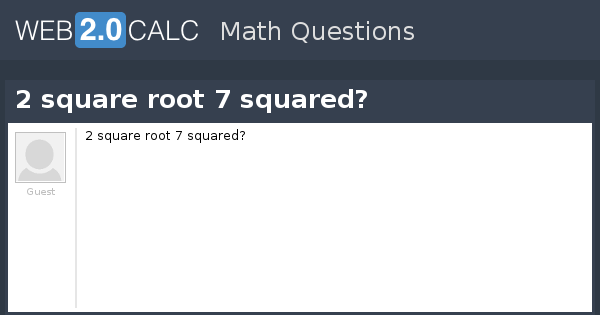
Rational Approximations
Rational approximations are used to estimate the value of a number that cannot be exactly expressed as a fraction of two integers. When dealing with the fraction , we can use rational approximations to find a more understandable representation.
- The value of is approximately 1.414.
- Therefore, .
To simplify , we perform the division:
| Step | Calculation | Result |
| 1 | Divide 7 by 1.414 | 4.95 |
Thus, can be approximated as 4.95. This rational approximation is useful in various mathematical and practical applications where an exact representation is not feasible.
Using rational approximations, we can understand and work with irrational numbers in a more intuitive and simplified manner, aiding calculations and comparisons in both academic and real-world contexts.
Algorithms for Computing Square Roots
Several algorithms can be used to compute square roots, each with varying complexity and efficiency. Below are some of the most notable methods:
- Babylonian Method: Also known as Heron's method, this ancient algorithm involves making an initial guess and iteratively improving it. The formula is:
where \( x_n \) is the current guess and \( S \) is the number whose square root is being computed. This method converges quickly to the accurate square root.\( x_{n+1} = \frac{1}{2} \left( x_n + \frac{S}{x_n} \right) \) - Newton's Method: This is a generalization of the Babylonian method and can be derived from Newton's method for finding roots of a function. It follows the same iterative process:
This method is particularly effective for finding square roots due to its quadratic convergence rate.\( x_{n+1} = \frac{1}{2} \left( x_n + \frac{S}{x_n} \right) \) - Bakhshali Approximation: An ancient Indian algorithm that provides a good approximation by refining the initial guess:
where \( A \) is the number, \( a \) is an initial guess, and \( d = A - a^2 \).\( x = \sqrt{A} \approx \frac{a + \frac{d}{2a}}{2} \) - Continued Fractions: This method represents the square root as a continued fraction, providing a sequence of increasingly accurate rational approximations.
Each of these algorithms has its own advantages and use cases, ranging from simple manual calculations to complex computational applications. Understanding these methods provides insight into both historical and modern approaches to mathematical problem-solving.
Historical Context and Significance
The number
The Greek mathematician Hippasus of Metapontum is traditionally credited with discovering the irrationality of
In ancient Roman architecture, the value of
The discovery of
Overall, the historical context and significance of
Applications in Geometry and Architecture
The value of
Historical Applications
-
Vitruvian Principles: The Roman architect Vitruvius, in his work De architectura, describes using the diagonal of a square, equivalent to the square root of 2, to establish proportions in buildings. This technique, known as the ad quadratum method, was employed to design atria and other architectural elements by ensuring symmetrical and proportionate layouts.
-
Roman Architecture: The Romans used the square root of 2 in constructing pavements and buildings. They designed floors and walls using squares and their diagonals to create complex and harmonious patterns, which can be seen in the remains of buildings in Pompeii and Herculaneum.
Modern Applications
-
Proportion Systems: The use of geometric ratios, including those derived from the square root of 2, continues in modern architecture. For example, the golden ratio and root-two rectangles are foundational in creating balanced and visually appealing structures. Architects like Le Corbusier integrated these principles into their designs, influencing contemporary architectural practices.
-
Structural Integrity: Geometric shapes based on the square root of 2 provide structural advantages. The inherent properties of triangles and rectangles, which often incorporate the square root of 2 in their proportions, offer stability and strength. This is evident in the construction of roofs, bridges, and high-rise buildings where precise calculations ensure durability and safety.
Examples of Geometry in Architecture
| Building | Architect | Description |
|---|---|---|
| Virupaksha Temple | Unknown | This Hindu temple showcases fractal patterns, which reflect the geometric precision and proportionality essential in sacred architecture. |
| Palazzo Rucellai | Leon Battista Alberti | Designed using a grid system that reflects Alberti's treatise on the harmonious use of geometry in building facades. |
| Rietveld Schröder House | Gerrit Rietveld | Built with principles of the golden ratio, this house represents De Stijl architecture's embrace of geometric forms. |
In conclusion, the applications of the square root of 2 in geometry and architecture illustrate the blend of mathematical precision and artistic expression. This irrational number not only contributes to the structural integrity of buildings but also enhances their aesthetic appeal, bridging the gap between form and function.

Hướng dẫn chi tiết về cách tìm căn bậc hai của biểu thức (7+2√10) bằng tiếng Việt. Khám phá các bước cụ thể và mẹo hữu ích để giải quyết vấn đề này.
Cách Tìm Căn Bậc Hai của (7+2√10) - Hướng Dẫn Chi Tiết
READ MORE:
Video chứng minh rằng căn bậc hai của 2 là một số vô tỷ. Khám phá chi tiết các bước trong chứng minh toán học này và ý nghĩa của nó trong toán học.
Chứng Minh: Căn Bậc Hai của 2 là Số Vô Tỷ


